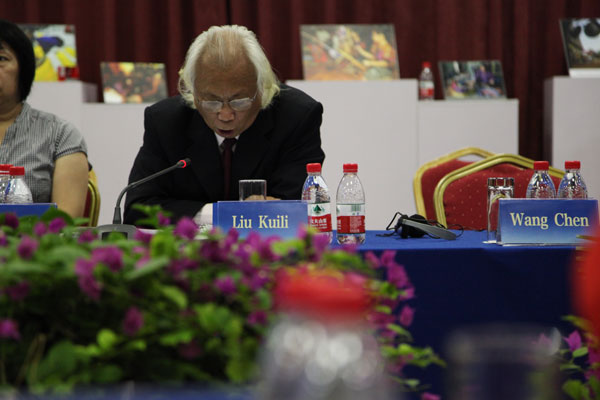
Mr. LIU Kuili
Honorary Academician, Chinese Academy of Social Sciences
The term intangible cultural heritage came from the Convention for the Safeguarding of the Intangible Cultural Heritage adopted by the UNESCO in 2003 and ratified on 28th, August, 2004 by China. This convention stipulates the definition of intangible cultural heritage as follows:
‘The intangible cultural heritage means the practices, representations, expressions, knowledge, skills – as well as the instruments, objects, artefacts and cultural spaces associated therewith – that communities, groups and, in some cases, individuals recognize as part of their cultural heritage. This intangible cultural heritage, transmitted from generation to generation, is constantly recreated by communities and groups in response to their environment, their interaction with nature and their history, and provides them with a sense of identity and continuity, thus promoting respect for cultural diversity and human creativity.
This definition explicitly explains not only the critical factors, like the subjects, objects and functions of the intangible cultural heritage, but also the value judgment on objects of the subjects.
In the years of efforts made by China in the safeguarding of ICH, special attention has been given to the vitality of intangible cultural heritage among the life of the public, its dissemination and its practical functions in reality. Tradition has no value unless it plays a positive role in modern social life. So the safeguarding of the intangible cultural heritage is not for lamenting over the past, but rather for creating a better life and a bright future for the public, and for promoting the development of the cultural diversity.










